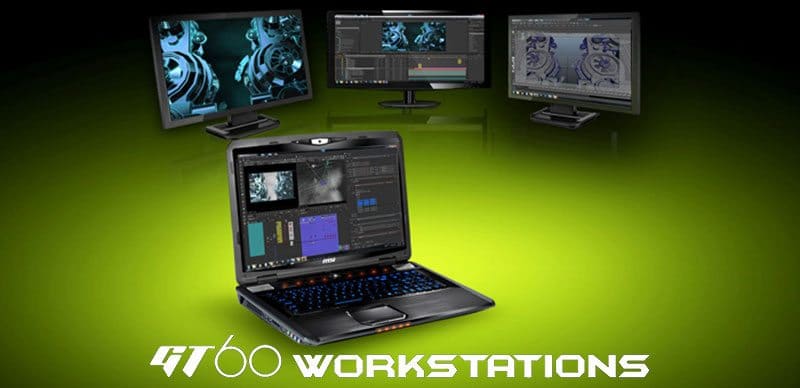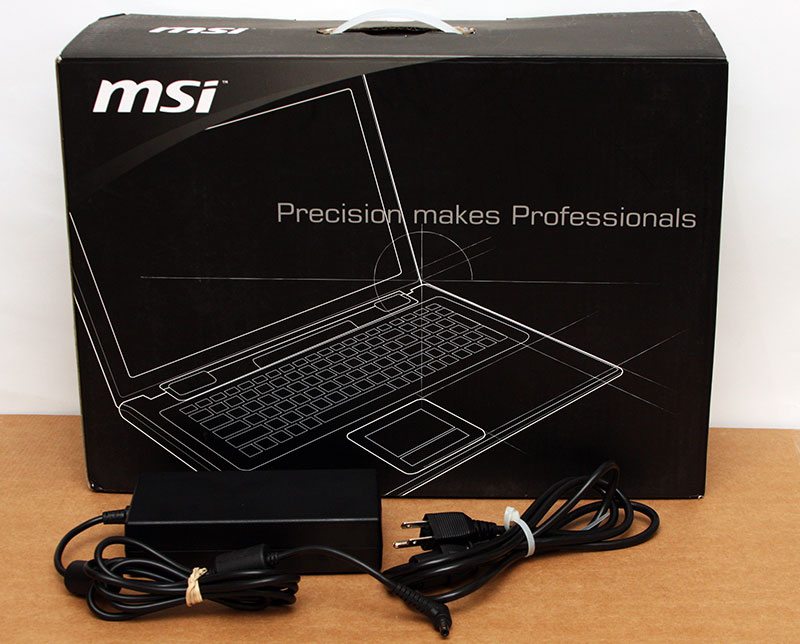MSI GT60-2OK 3K Mobile Workstation Review
Chris Hadley / 11 years ago
Introduction

When we look across the wide range of groups and user bases that technology is designed for, typically the first class of devices that one would think of is consumer level; in other words what you find on the high street in retail stores or most commonly these days on the internet. This range goes from your typical memory card, right through to televisions, laptops, phones, cameras and so forth. What most people tend to forget though, is that consumer based hardware is not the only major part of the technology world. Whilst we all see what is front of us, you have to take into consideration is that behind the scenes, the type of hardware that is hidden away is of a completely different class and is designed in a totally different manner, after all it has got a completely different job to undertake and without it, your consumer grade technology won’t even function. This grade of technology is what we refer to as the enterprise level.
Whilst I’m talking about the two extremes of the technology world here, there is yet another crucial sector that for many of us is just an everyday thing. This is the business and professional grade sector. Whilst gamers and enthusiasts push for the fastest frame rate that they can or the best level of detail that is possible in a gaming environment, professional users have a totally different set of requirements for their system and this typically includes the likes of video rendering and design work. For this type of work, the specification that a system needs does vary quite considerably and when we look at the major building blocks such as the graphics cards, we see different line of GPUs being used as the type of performance that this type of system needs is in a whole different league.
For namesake, we are taking about the difference (in the case of NVIDIA) between GeForce Cuda based cards which are at the forefront of today’s enthusiast line-up and Quadro which we rarely see on the consumer market. Now when it comes down to the point of saying what makes each card different from the other, taking out all the little fine details and getting down to raw essentials, there is one major fact that sets these apart; this is OpenGL. In the early days of graphics engineering, OpenGL was miles ahead of Direct3D in all of its performance areas, but as time has moved on and technology advanced in leaps and bounds, Direct3D – or as it’s more commonly known, DirectX – has overtaken OpenGL in the gaming sector and consequently games are now built to run more fluidly on this platform. OpenGL however is still the go-to place for operations such as CAD work or image rendering from the ground up. The applications that do this type of workload are heavily optimised for OpenGL and as a result is DirectX is, in most instances, useless.
To make that into a clear statement of which is which, GeForce / DirectX is for the consumer market and gaming, Quadro / OpenGL for design work and professional rendering.
Moving on the system that’s in hand today, workstation laptops are not necessarily new to the market, but up to this point, the performance difference between a mobile workstation and a full fat desktop system up to this point has been quite considerable and thus they have not really been that popular. With technology moving as fast as it is and the amount of computational power that we now get per square inch of PCB massive compared to what was on offer only a few years ago, the ability to pack workstation credentials into a laptop sized frame has now been made possible and the performance that is on offer is just as good, if not better in some cases.
The first thing that a number of readers will note about this system as we head over to the next page is the uncanny resemblance between this and MSI’s latest ultra high-end gaming laptop which we saw last year at Computex 2013 in Taiwan; and when it comes down to the main specifications, it is in fact the very same system. The crucial difference between the two lies in the graphics, which takes this system away from the gaming market and introduces it into the business / pro-sumer user group where the need for high performance systems that can perform OpenCL rendering is in high demand.

With this being an engineering sample system, we won’t find any end-user accessories included, with little more than a power cable and box for us to busk at.



















